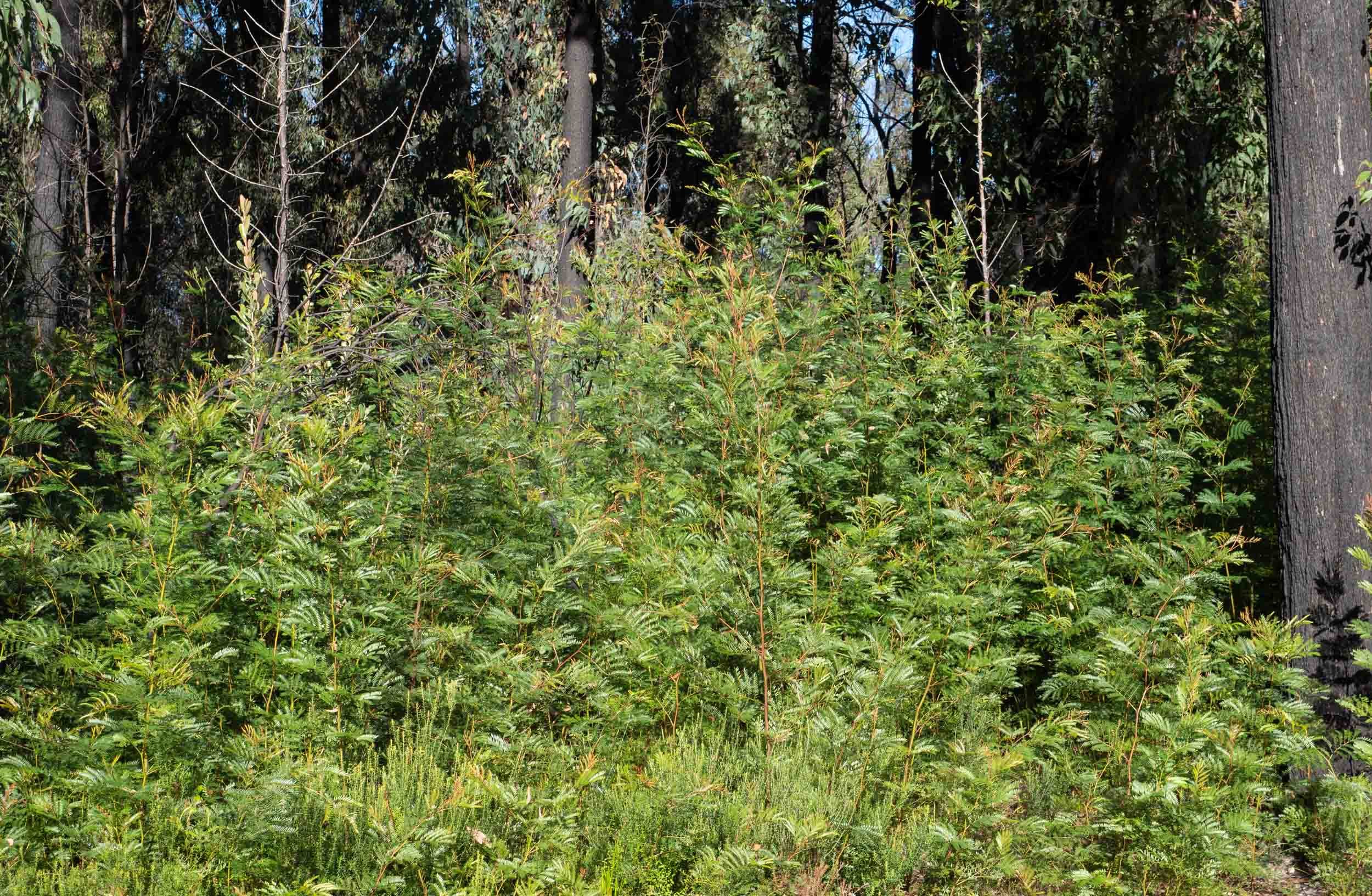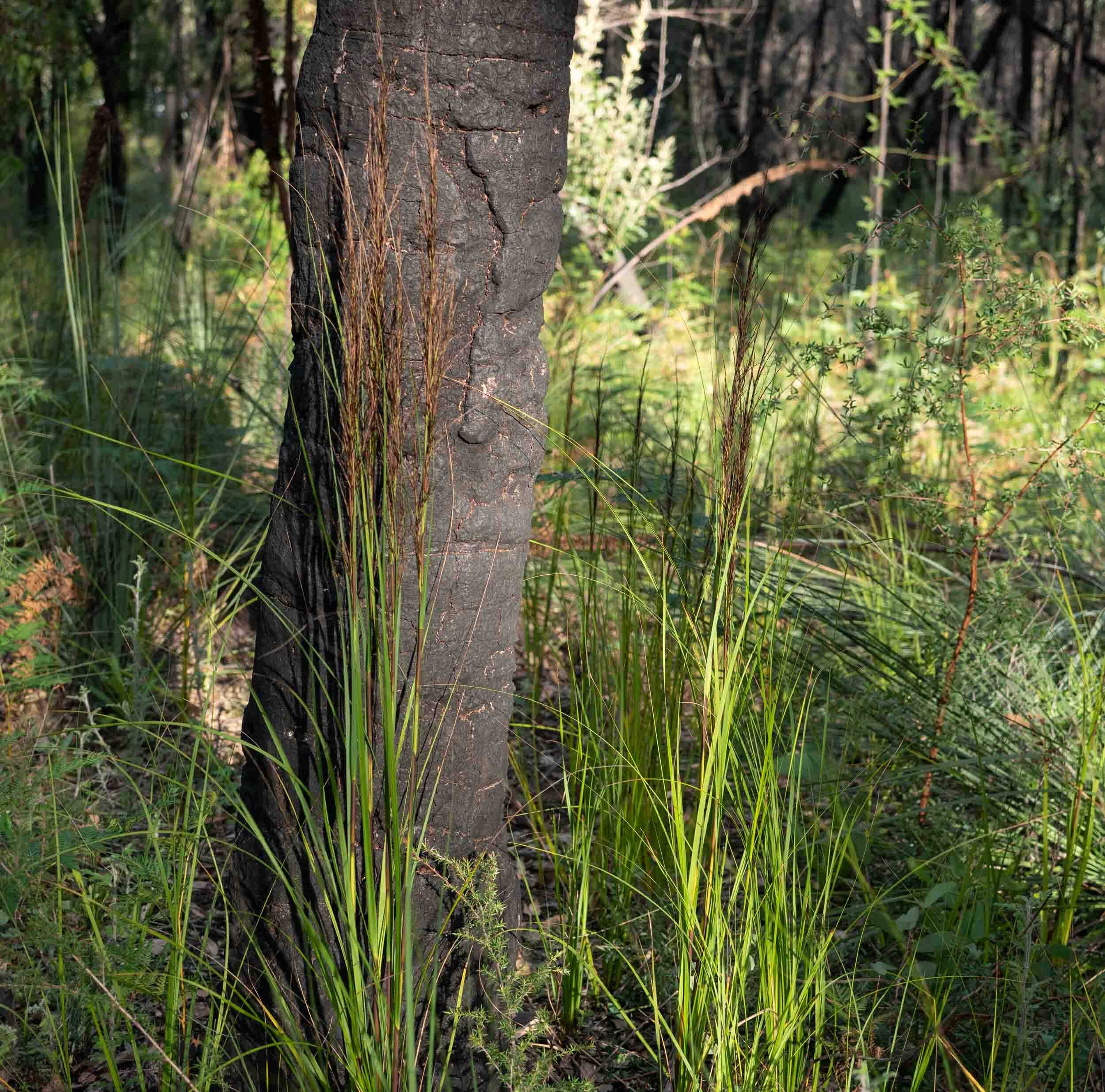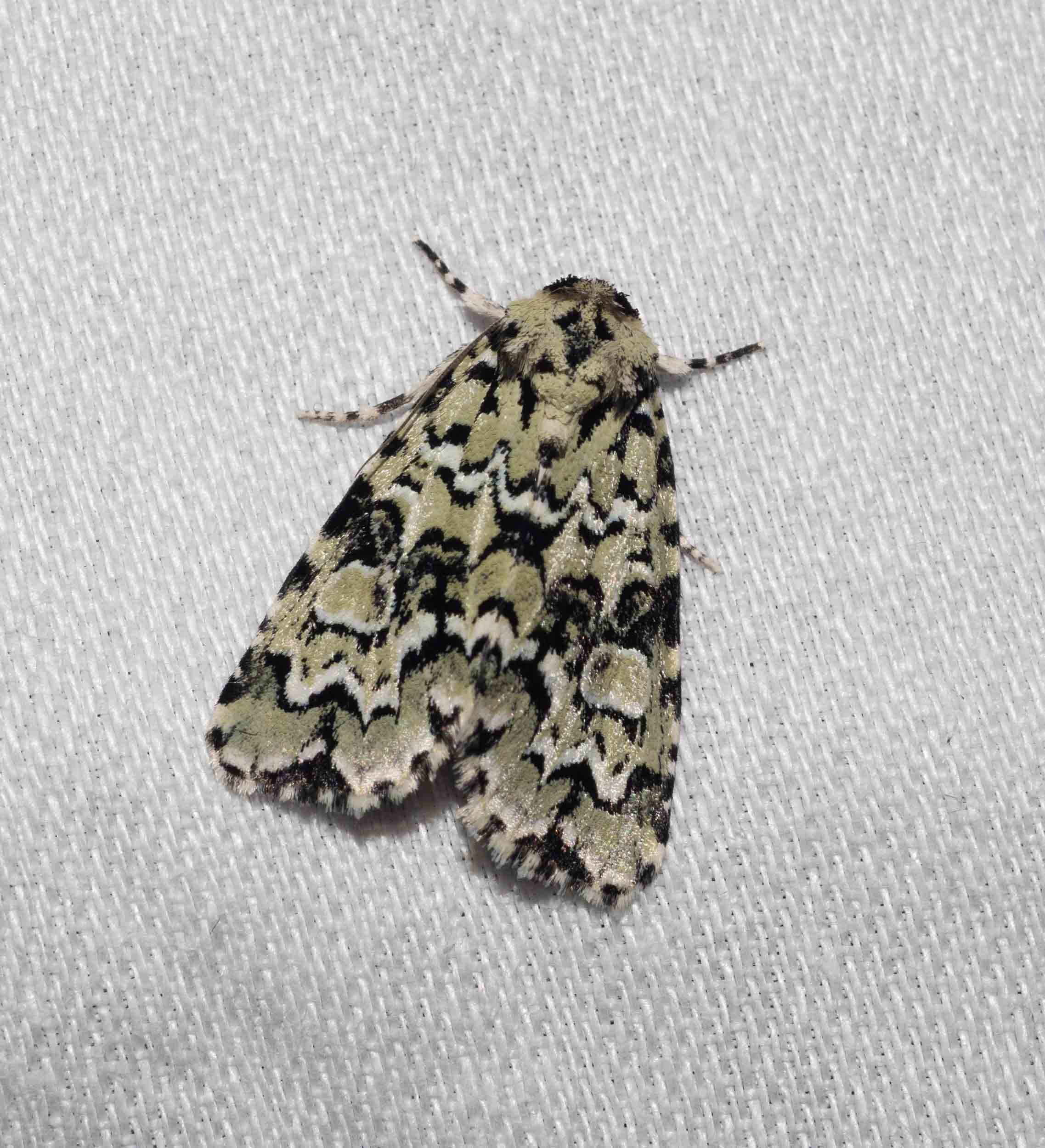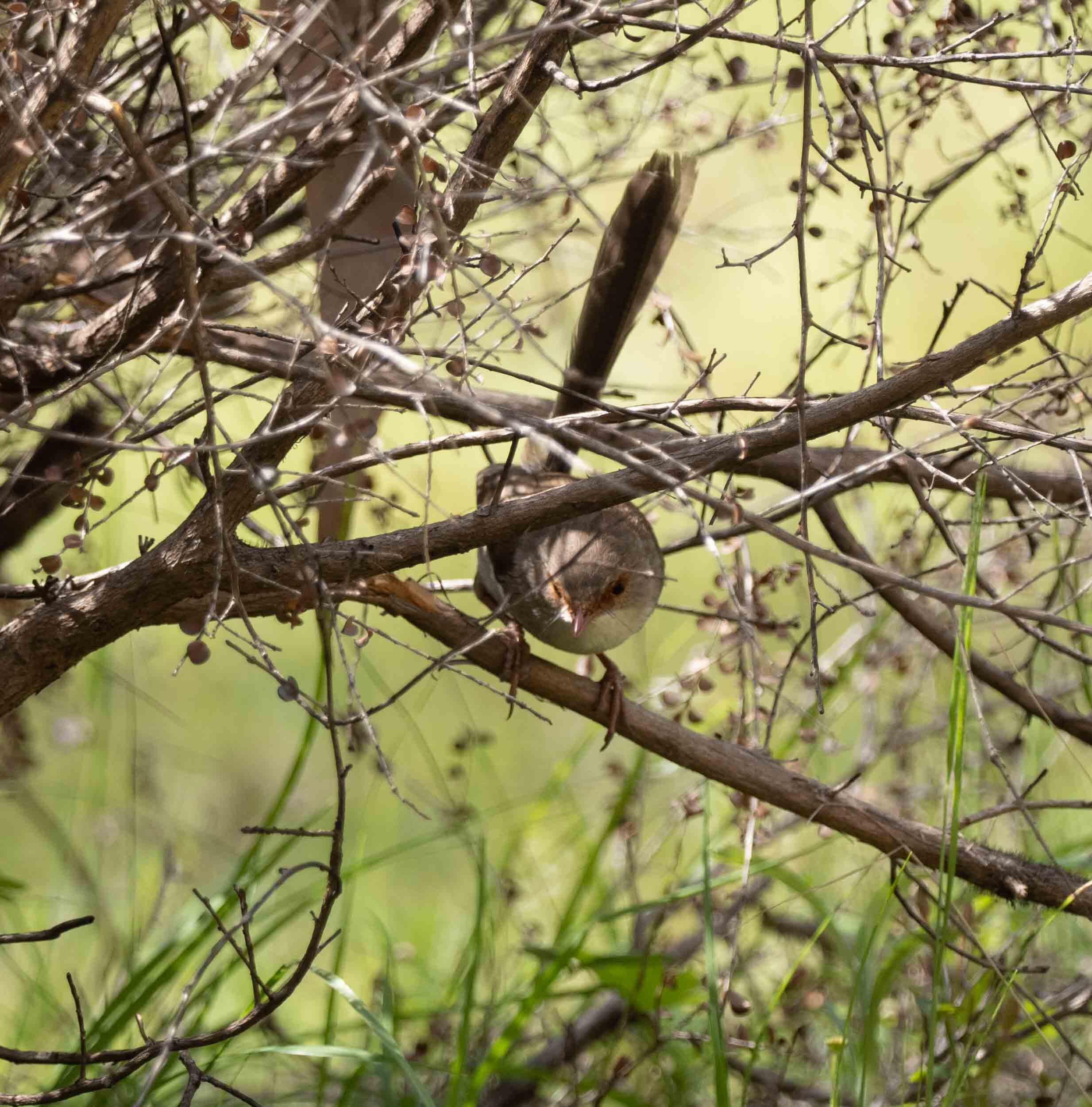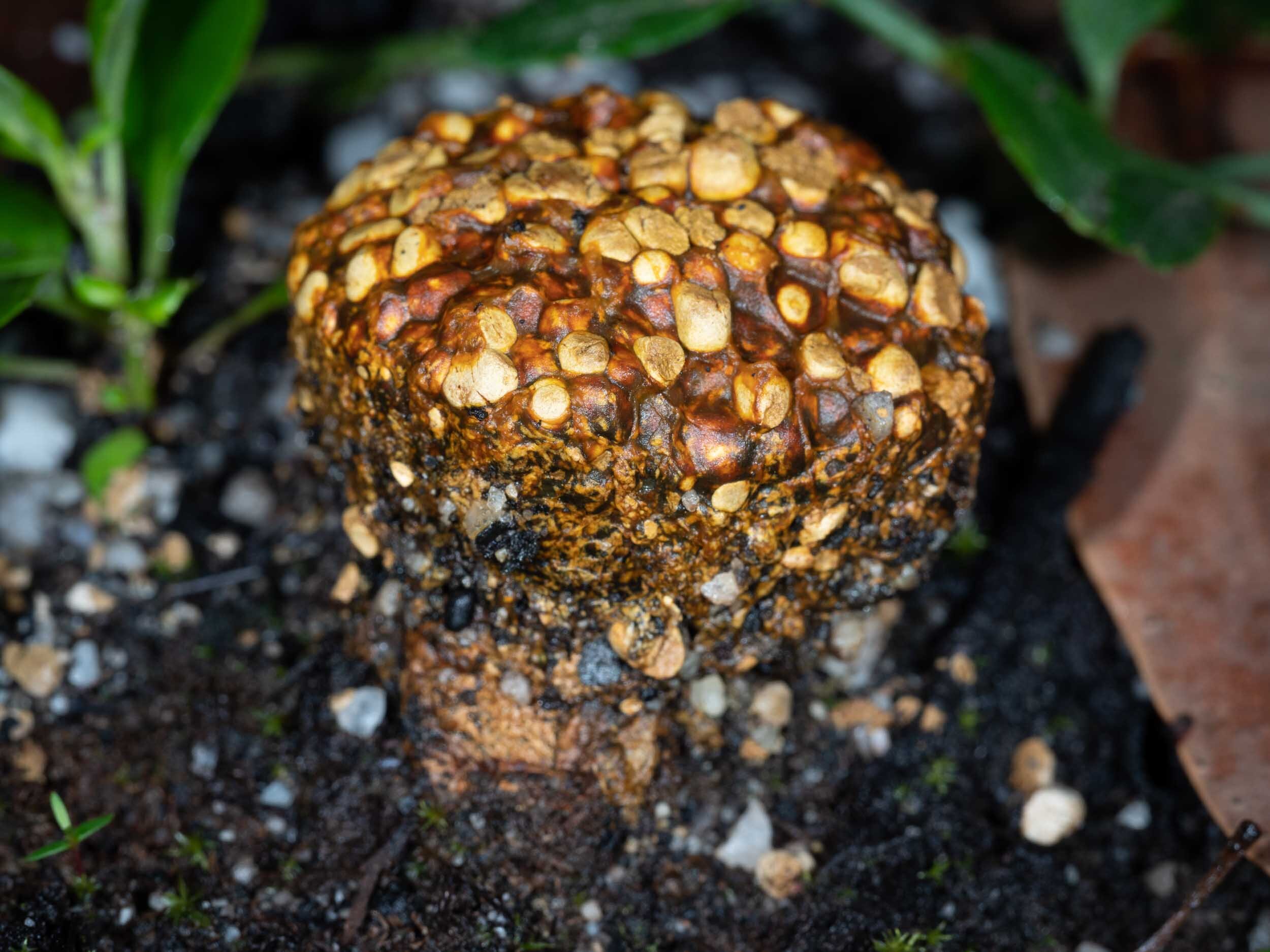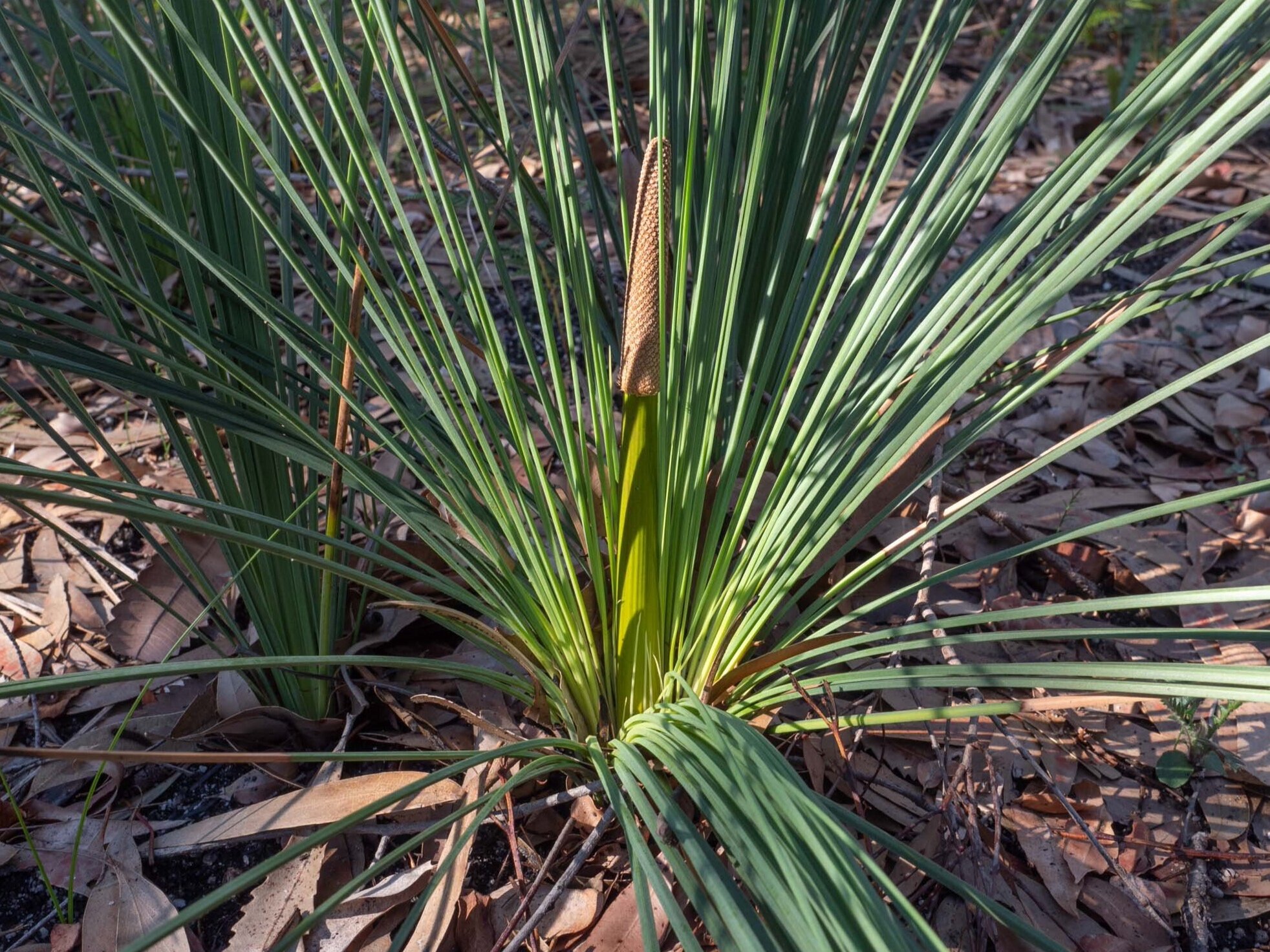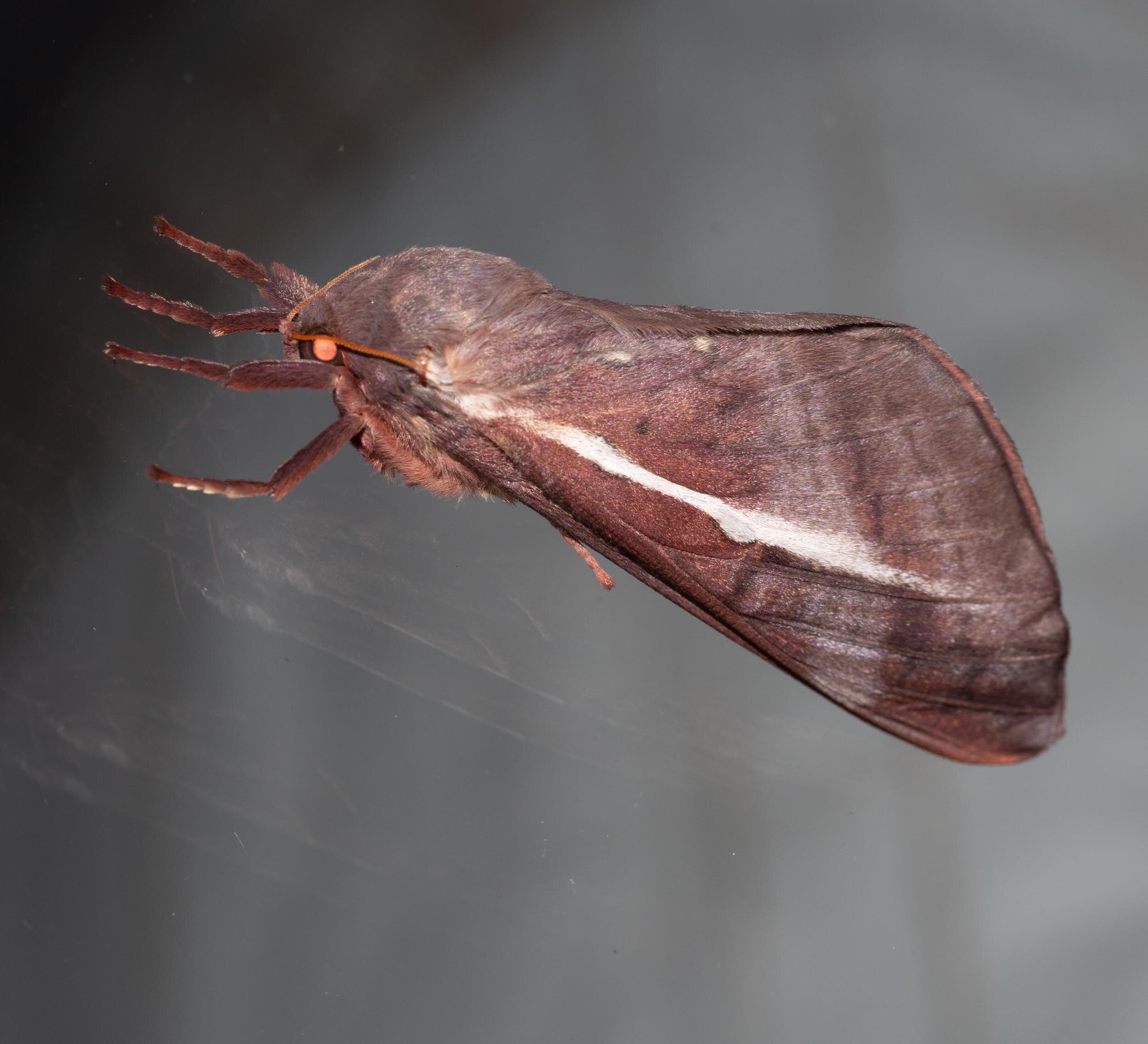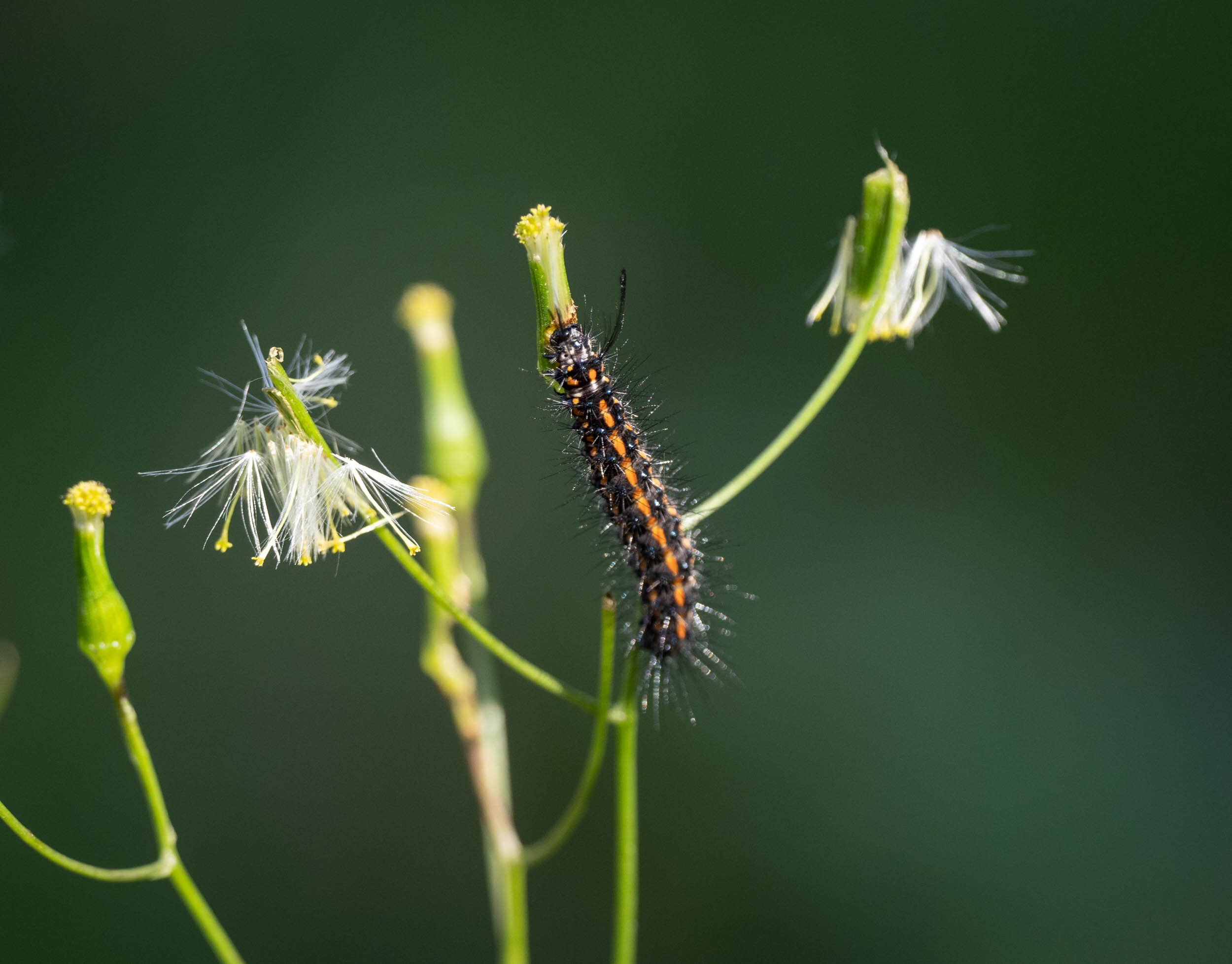More life, new life: the insects

With each day more plants reappear – and with them come the insects. Banksias have stolen the headlines this week. Young plants shooting from the base, huge old trees budding from the trunk and branch axils, and brand new seedlings!

Epicormic growth breaking through the burnt bark of an old favourite. This is one of the many large Banksia serrata showing the first signs of new life. It has only just started, 8 weeks post fire. We now have hope that they will nearly all survive.
But it’s Paul who is writing the botanical story … I’ve been seeking insects. And spiders too, of course.
Life is gradually returning to the forest. Although there are still too few insects for the time of year, diversity is clearly on the rise. Native bees are back. I discovered species of beetles and flies I’ve never seen before. And I really do need to get serious about photographing and identifying the many different species of ants.
click each image to read more.









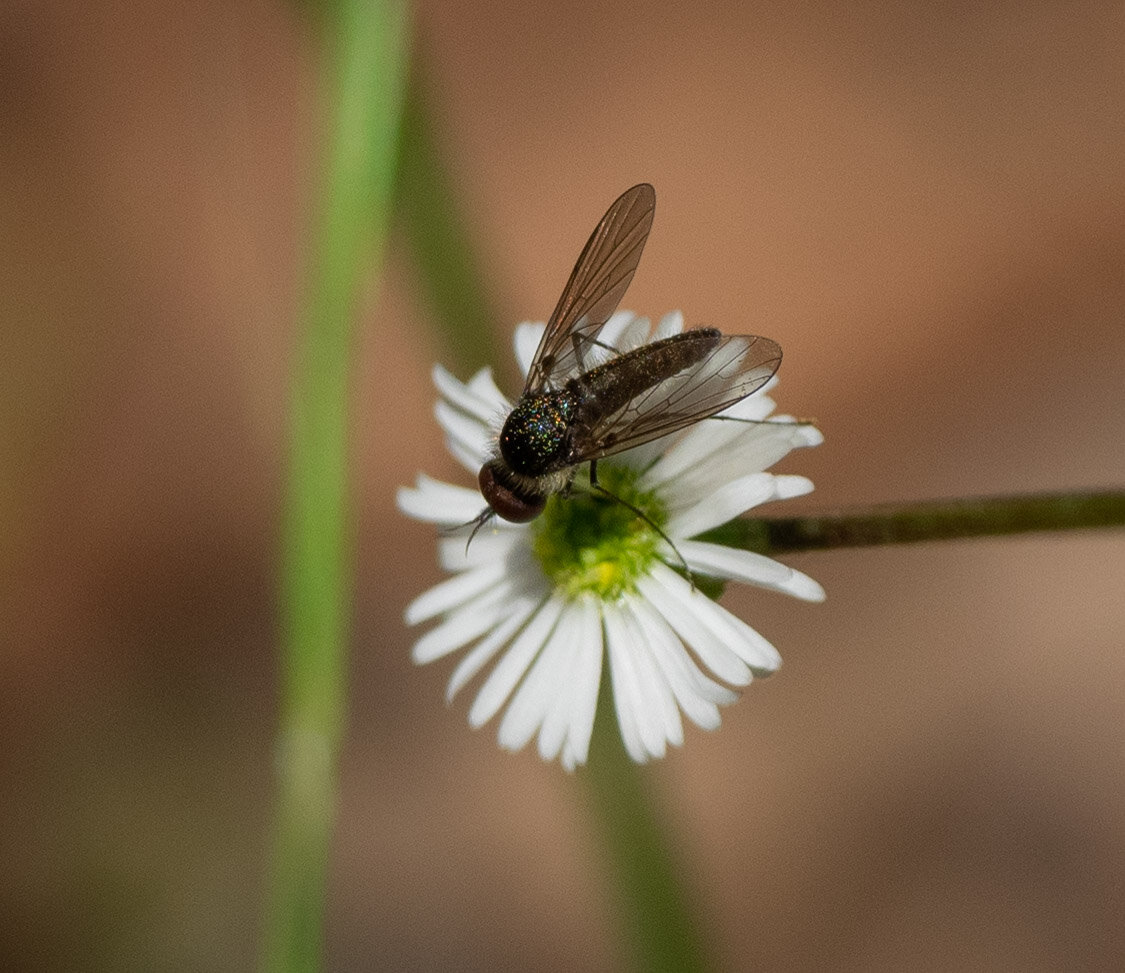










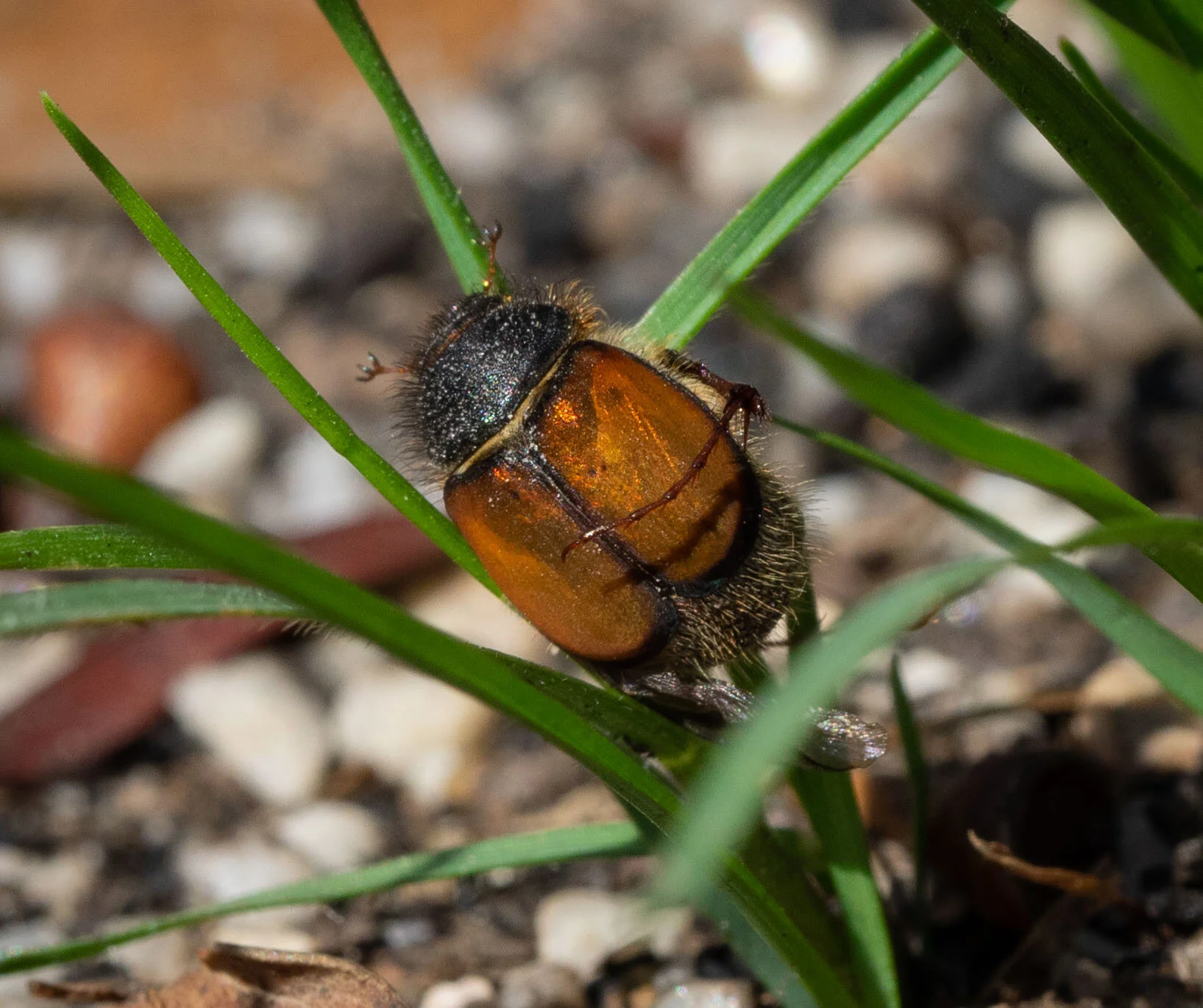



Importantly, the next generation is underway. Insects are finding mates and laying eggs. We even came across a caterpillar … definitely a post-fire baby! And surely the cloud of tiny native bees, dancing in circles but not landing, can only have been a mating swarm. Fascinating to watch but tricky to photograph!








Others are best found after dark. A torchlit wander through the forest on a warm Summer’s night usually yields a variety of nocturnal insects, along with spiders, scorpions and other hunters. The ground-dwelling spiders survived the fire and they seem to be thriving. Last night I even found a tiny funnel web spider … it can only be a young one! And it can only be a funnel web. There are occasional moths and beetles attracted to the house lights. Including two species of beetles we’ve not seen before, perhaps with good reason – one is a dung beetle, the other feeds on dried animal carcasses. I guess it all comes down to where you look!
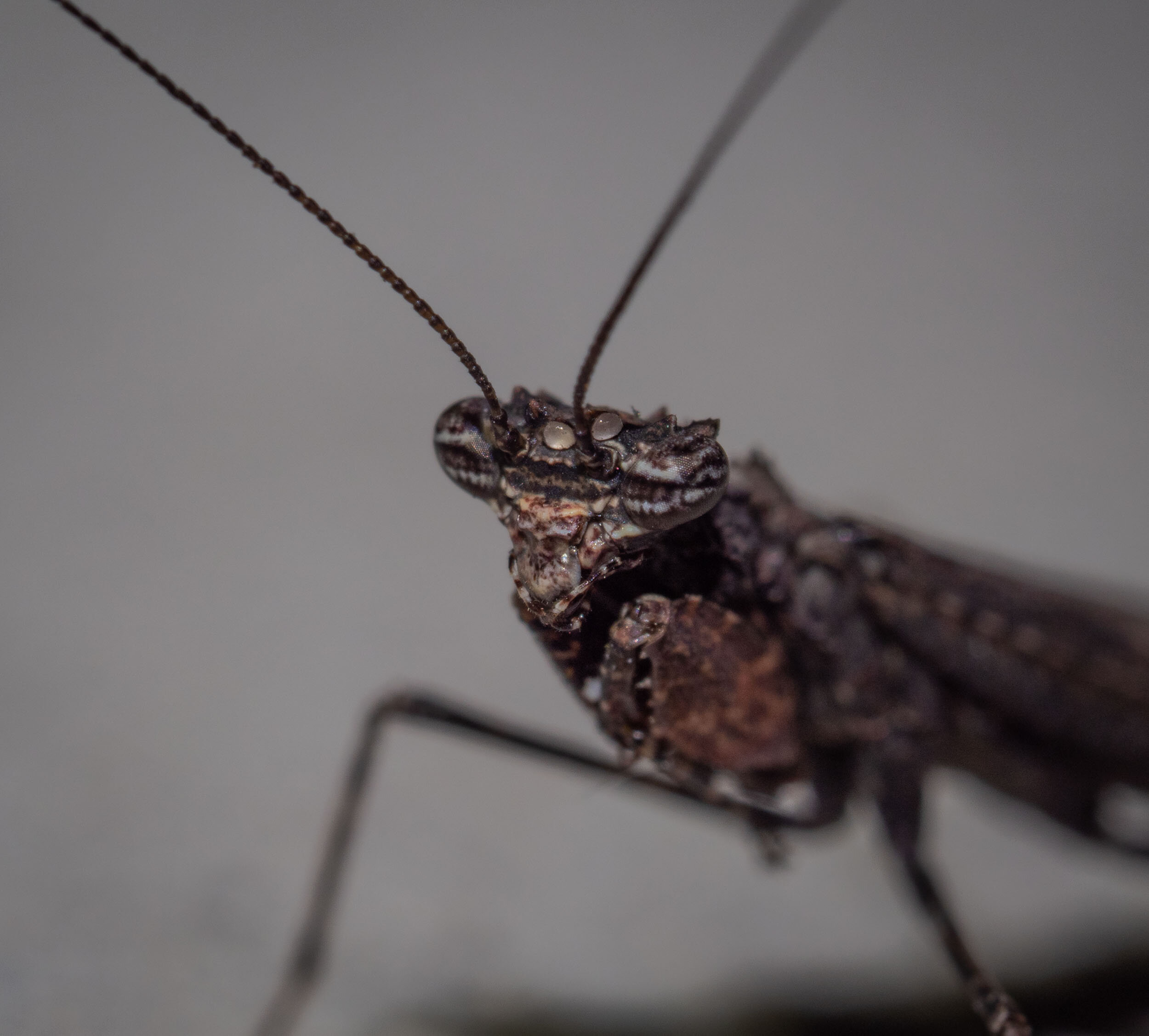


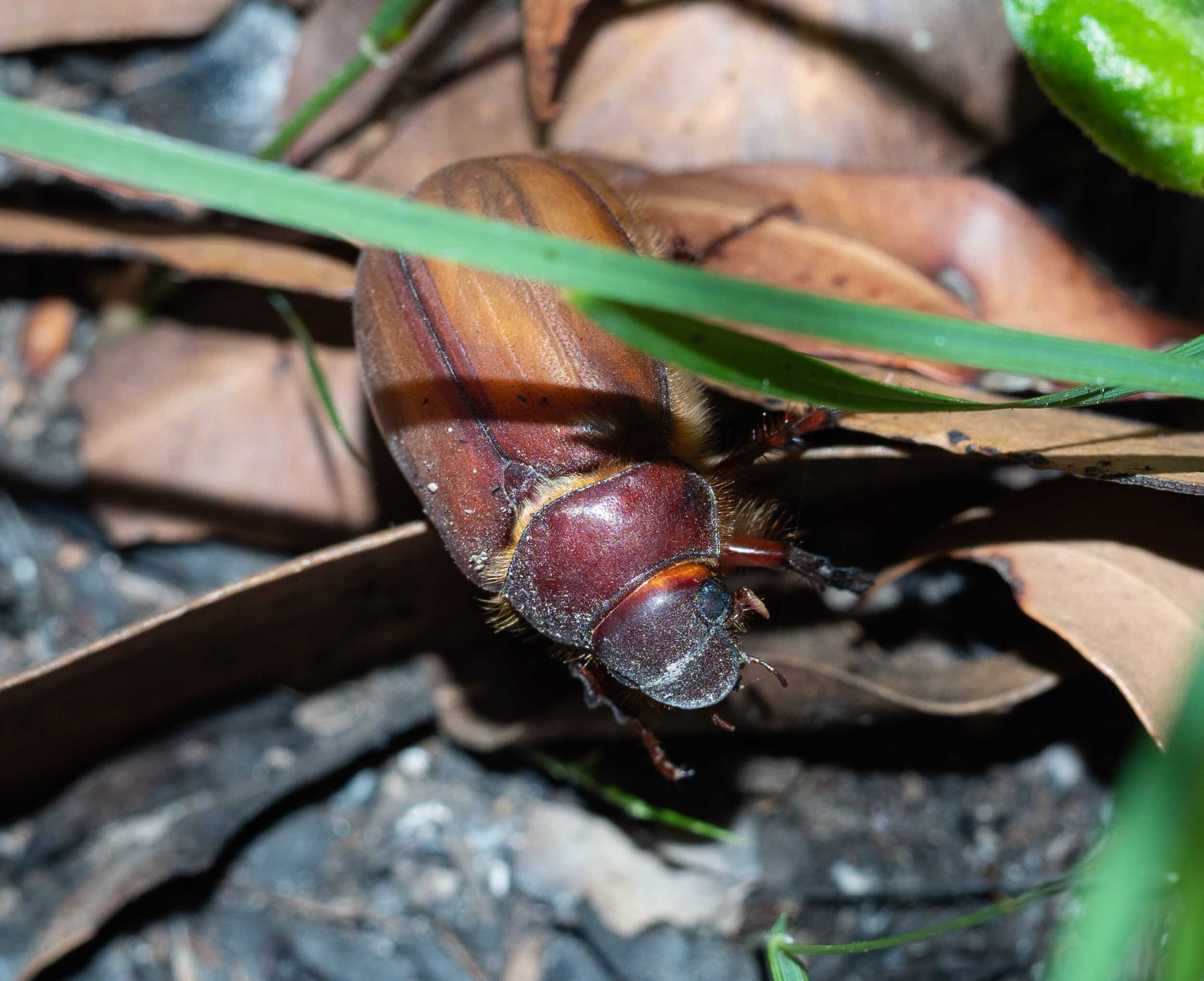












There must be insects recolonising the emergent canopy too. Birds such as Brown Thornbills are a regular sight, gleaning the leaves. This week we also spotted a mob of White-naped Honeyeaters working over the foliage. Yet another step towards the new normal.
Oh, wondering about the post fire bird count?
We’re now up to 44 species. Varied Sitellas are a regular delight, working through the treetops in a large flock. Golden Whistlers – male and female! The Sacred Kingfishers have finally departed, as they do at the end of February each year. I’m happy to report that the Rainbow Lorikeets have left too, in part because we took away the bird baths. The Bell Miners are still here – damn it! So is the Brown Goshawk, so perhaps he’ll keep their numbers in check.




Paul is currently working on an inventory of plant species, post fire. And it’s good news. So many of the forest species are regrowing, including most of the tree species and many of the shrubs. He’ll publish the full details soon.
Another year on since the fire, the forest has continued to recover. It now looks quite different to before the fire. Has it changed for good? Or will it return to its previous state?
Winter temperatures still, but the forest is clearly ready for the Spring transformation.
The forest has undergone an extraordinary renewal - which is ongoing - following the devastating bushfire in January 2020.
Ecosystem recovery as seen with moth eyes
A summary of post-fire recovery of our forest moths - a good proxy for ecosystem health
Fairy-wrens are settling in to breed, taking advantage of spiky dead vegetation.
Soil biodiversity is a good indicator of forest health. The signs are all good!
We anticipate an extraordinary display of Xanthorrhoea flowers this Summer. Fire promotes flowering of these iconic plants. In preparation, I’ve been seeking to learn more about our local species.
Ghost moth larvae took refuge deep in the soil as the fire swept through the forest, to emerge as adults 5 months later.
The strange looking foliage that has appeared on our eucalypt trees since the fire houses a wealth of creatures - an ecosystem in its own right.
Piece by piece our forest ecosystem is reassembling. Insects are populating the rapidly regrowing vegetation.
Three months on, the epicormic growth is astonishing. I seek to learn more, even as I marvel at a sight I may not see again for many years. Indeed, I rather hope not to.

